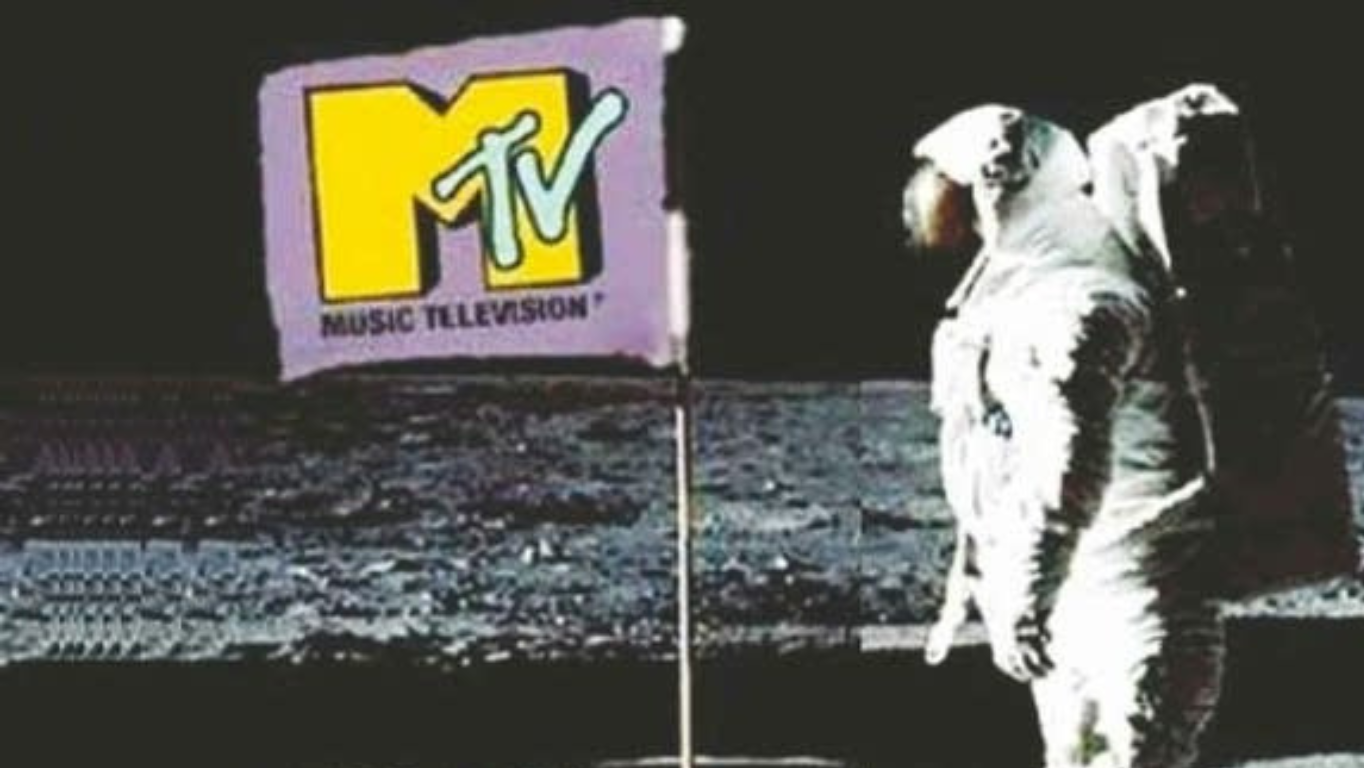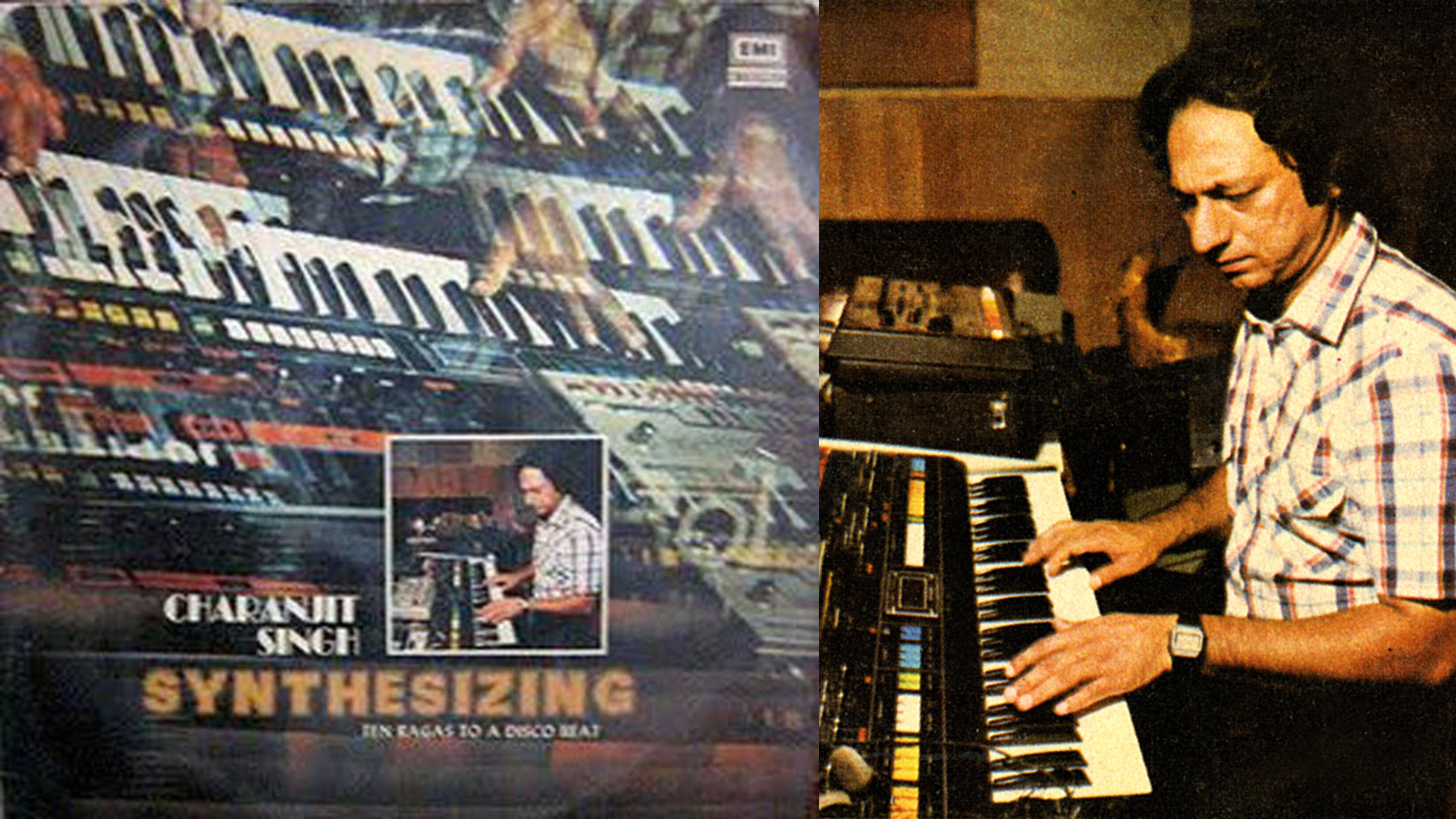MTV: The Channel That Made Music Visual
·

·
On August 1, 1981, MTV made its debut. Born out of the idea of a 24-hour music channel, MTV began its journey into the hearts and minds of viewers, providing a platform that would launch careers, introduce iconic music videos, and shape the cultural zeitgeist.
The first video broadcasted on MTV was “Video Killed The Radio Star” by The Buggles.
MTV’s early struggles were evident, with cable carriers initially hesitant to pick it up. However, once the channel gained traction, it soared in popularity, particularly among teens and young adults.
The network propelled newcomers like Madonna and new wave icons Duran Duran to success, employing sophisticated techniques that elevated the visual elements of their videos alongside the music.
MTV also revitalized the careers of veteran performers such as ZZ Top, Tina Turner, and Peter Gabriel, each achieving their greatest hits through heavy rotation of their videos.
By the mid-1980s, MTV had made a noticeable impact on film, advertising, and television, fundamentally altering the music industry; appearing appealing on MTV became just as crucial as sounding good for record sales.
In 1985, Viacom Inc. acquired MTV Networks from Warner Communications Inc., prompting a swift and dramatic shift in content. Instead of the previous format featuring free-form playlists, videos were now organized into distinct blocks based on genre.
This led to the emergence of specialized programs such as 120 Minutes (alternative rock), Headbangers Ball (heavy metal), and Yo! MTV Raps (hip-hop), while also fostering the rise of boy bands like The Backstreet Boys, *NSYNC, and 98 Degrees, as well as bubblegum pop princesses like Britney Spears and Christina Aguilera.
Music videos, essentially postmodern art forms, found a home on MTV. As music videos became indispensable for marketing songs, MTV became a breeding ground for experimentation and creativity.
While the 1980s marked MTV’s peak influence on music, the 1990s marked a shift away from music videos shifting its focus to youth-oriented pop culture and reality shows.
Click Here To Read More
The Story Behind Johnny Cash's Iconic Photo
Why Cassette Players Are Cool Again
The first video broadcasted on MTV was “Video Killed The Radio Star” by The Buggles.
MTV’s early struggles were evident, with cable carriers initially hesitant to pick it up. However, once the channel gained traction, it soared in popularity, particularly among teens and young adults.
The network propelled newcomers like Madonna and new wave icons Duran Duran to success, employing sophisticated techniques that elevated the visual elements of their videos alongside the music.
MTV also revitalized the careers of veteran performers such as ZZ Top, Tina Turner, and Peter Gabriel, each achieving their greatest hits through heavy rotation of their videos.
By the mid-1980s, MTV had made a noticeable impact on film, advertising, and television, fundamentally altering the music industry; appearing appealing on MTV became just as crucial as sounding good for record sales.
In 1985, Viacom Inc. acquired MTV Networks from Warner Communications Inc., prompting a swift and dramatic shift in content. Instead of the previous format featuring free-form playlists, videos were now organized into distinct blocks based on genre.
This led to the emergence of specialized programs such as 120 Minutes (alternative rock), Headbangers Ball (heavy metal), and Yo! MTV Raps (hip-hop), while also fostering the rise of boy bands like The Backstreet Boys, *NSYNC, and 98 Degrees, as well as bubblegum pop princesses like Britney Spears and Christina Aguilera.
Music videos, essentially postmodern art forms, found a home on MTV. As music videos became indispensable for marketing songs, MTV became a breeding ground for experimentation and creativity.
While the 1980s marked MTV’s peak influence on music, the 1990s marked a shift away from music videos shifting its focus to youth-oriented pop culture and reality shows.
Click Here To Read More
The Story Behind Johnny Cash's Iconic Photo
Why Cassette Players Are Cool Again






Comments